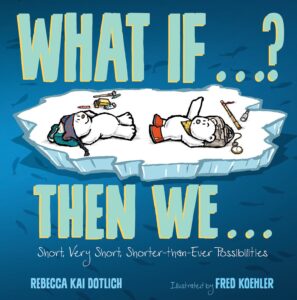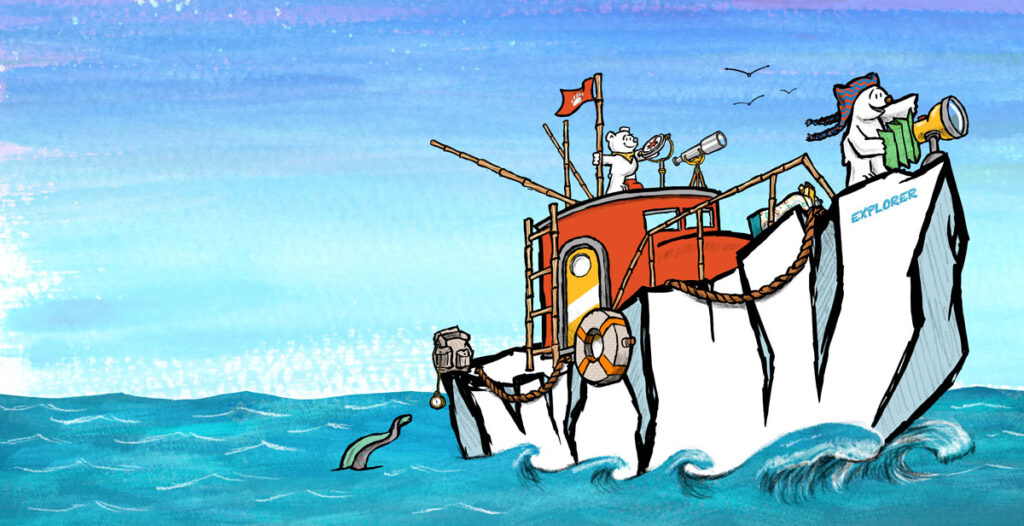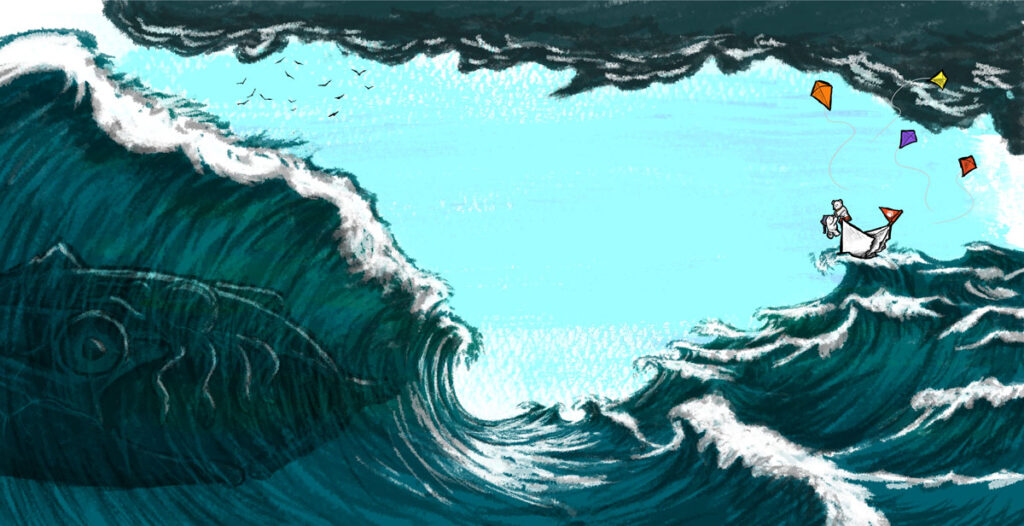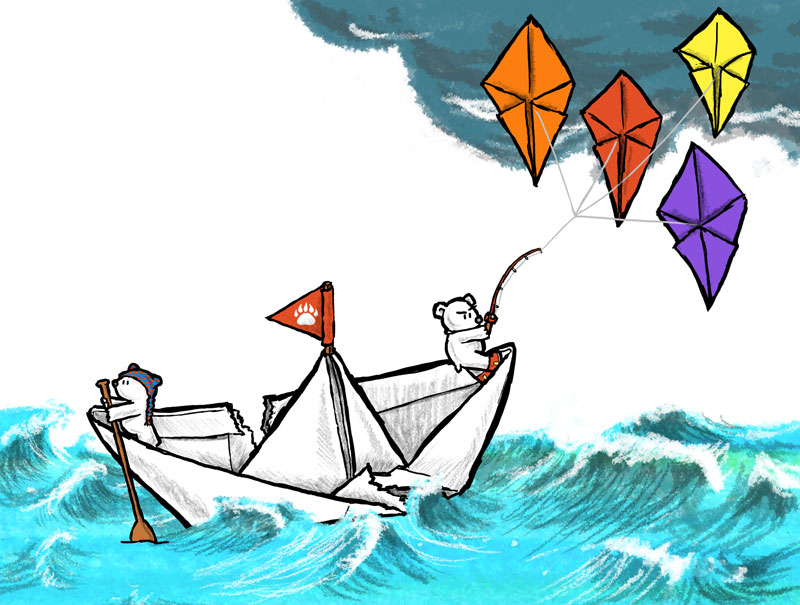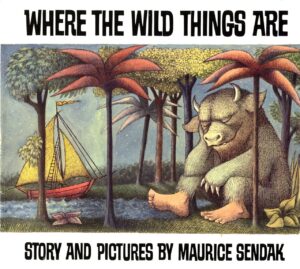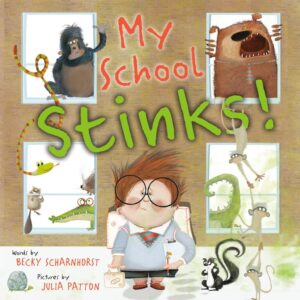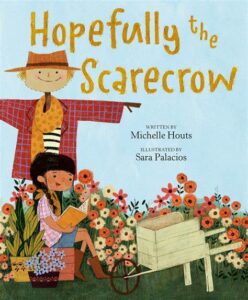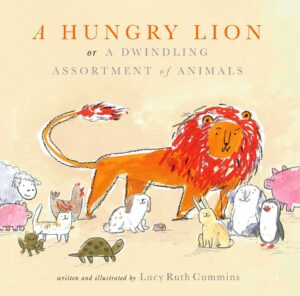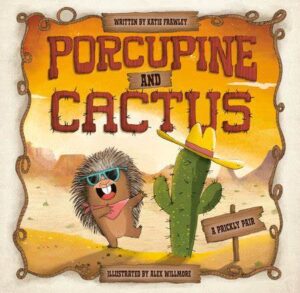Calling all bookworms and bibliophiles!
Today, we’re turning the pages on a delightful collection of picture books that celebrate the magic of stories. From heartwarming tales about libraries to whimsical journeys into the world of words, these 15 gems are sure to spark a love of reading in young hearts.
So snuggle up with your little ones, open a book, and let the adventure begin!
**If I missed your favorite picture book that’s about books, tell me in the comments!**
 Book Fiesta!: Celebrate Children’s Day/Book Day by Pat Mora, illustrated by Rafael López (March 2016)
Book Fiesta!: Celebrate Children’s Day/Book Day by Pat Mora, illustrated by Rafael López (March 2016)
From Goodreads: “Take a ride in a long submarine or fly away in a hot air balloon. Whatever you do, just be sure to bring your favorite book! Rafael López’s colorful illustrations perfectly complement Pat Mora’s lilting text in this delightful celebration of El día de los niños/El día de los libros; Children’s Day/Book Day. Toon! Toon!
Includes a letter from the author and suggestions for celebrating El día de los niños/El día de los libros; Children’s Day/Book Day.”
- 40 pages
- Reading Age: 4–8 years
 The Book with No Pictures by B.J. Novak (Sept 2014)
The Book with No Pictures by B.J. Novak (Sept 2014)
From Goodreads: “Warning! This book looks serious but it is actually completely ridiculous!
A book with no pictures?
What could be fun about that?
After all, if a book has no pictures, there’s nothing to look at but the words on the page.
Words that might make you say silly sounds… In ridiculous voices…
Hey, what kind of book is this, anyway?
At once disarmingly simple and ingeniously imaginative, ‘The Book With No Pictures’ inspires laughter every time it is opened, creating a warm and joyous experience to share—and introducing young children to the powerful idea that the written word can be an unending source of mischief and delight.
If a kid is trying to make you read this book, the kid is playing a trick on you. You will end up saying silly things and making everybody laugh and laugh!
Don’t say I didn’t warn you…”
- 48 pages
- Reading Age: 4–8 years
 Charlie Cook’s Favorite Book by Julia Donaldson, illustrated by Axel Scheffler (June 2006)
Charlie Cook’s Favorite Book by Julia Donaldson, illustrated by Axel Scheffler (June 2006)
From Goodreads: “Charlie Cook has a favorite book. It’s about a pirate, who also has a favorite book … about Goldilocks, who also has a favorite book … about a knight, who also has a favorite book .… This hilarious pattern continues throughout the story, right to the satisfying and surprising end.”
- 32 pages
- Reading Age: 2–4 years
 The Fantastic Flying Books of Mr. Morris Lessmore by William Joyce, illustrated by Joe Bluhm (June 2012)
The Fantastic Flying Books of Mr. Morris Lessmore by William Joyce, illustrated by Joe Bluhm (June 2012)
From Goodreads: “Morris Lessmore loved words.
He loved stories.
He loved books.
But every story has its upsets.
Everything in Morris Lessmore’s life, including his own story, is scattered to the winds.
But the power of story will save the day.”
- 56 pages
- Reading Age: 4–8 years
 How Rocket Learned to Read by Tad Hills (July 2010)
How Rocket Learned to Read by Tad Hills (July 2010)
From Goodreads: “Learn to read with this New York Times-bestselling picture book, starring an irresistible dog named Rocket and his teacher, a little yellow bird. Follow along as Rocket masters the alphabet, sounds out words, and finally … learns to read all on his own!
With a story that makes reading fun—and will even help listeners learn to read—this book is ideal for kindergarten classrooms and story hour or as a gift for that beginning reader. Fresh, charming art by Tad Hills, the New York Times bestselling author/illustrator of Duck & Goose, will make this a favorite.”
- 40 pages
- Reading Age: 3–6 years
 How to Read a Story by Kate Messner, illustrated by Mark Siegel (May 2015)
How to Read a Story by Kate Messner, illustrated by Mark Siegel (May 2015)
From Goodreads: “Step One: Find a story. (A good one.)
Step Two: Find a reading buddy. (Someone nice.)
Step Three: Find a reading spot. (Couches are cozy.)
Now: Begin.
Accomplished storytellers Kate Messner and Mark Siegel chronicle the process of becoming a reader: from pulling a book off the shelf and finding someone with whom to share a story, to reading aloud, predicting what will happen, and—finally—coming to The End . This picture book playfully and movingly illustrates the idea that the reader who discovers the love of reading finds, at the end, the beginning.”
- 36 pages
- Reading Age: 5–7 years
 The Incredible Book Eating Boy by Oliver Jeffers (April 2007)
The Incredible Book Eating Boy by Oliver Jeffers (April 2007)
From Goodreads: “Like many children, Henry loves books. But Henry doesn’t like to read books, he likes to eat them. Big books, picture books, reference books … if it has pages, Henry chews them up and swallows (but red ones are his favorite). And the more he eats, the smarter he gets—he’s on his way to being the smartest boy in the world! But one day he feels sick to his stomach. And the information is so jumbled up inside, he can’t digest it! Can Henry find a way to enjoy books without using his teeth? With a stunning new artistic style and a die-cut surprise, Oliver Jeffers celebrates the joys of reading in this charming and quirky picture book. It’s almost good enough to eat.”
- 32 pages
- Reading Age: 3–7 years
 Let Me Finish! by Minh Lê, illustrated by Isabel Roxas (July 2016)
Let Me Finish! by Minh Lê, illustrated by Isabel Roxas (July 2016)
From Goodreads: “When our young hero settles in to read, the last thing he wants is for some noisy animals to ruin the ending of the story.
But ruin it they do.
And as it turns out, the boy is quickly approaching a surprise ending of his own! Maybe he should have listened to the animals after all.…
This silly, timeless picture book with a clever meta twist introduces debut author Minh Lê’s witty text and Isabel Roxas’s eye-catching illustrations.”
- 40 pages
- Reading Age: 3–6 years
 The Library by Sarah Stewart, illustrated by David Small (April 1995)
The Library by Sarah Stewart, illustrated by David Small (April 1995)
From Goodreads: “Meet an unforgettable bibliophile.
Elizabeth Brown doesn’t like to play with dolls and she doesn’t like to skate. What she does like to do is read books. And now that she’s grown up, her collection has gotten so big all the shelves are collapsing. Her front door has disappeared entirely. What in the world will she do? The reclusive Elizabeth Brown surprises everyone wit her splendid solution.
In charming verse and elegant watercolors Sarah Stewart and David Small celebrate one of America’s grandest institutions.”
- 40 pages
- Reading Age: 5–9 years
 Library Lion by Michelle Knudsen, illustrated by Kevin Hawkes (July 2006)
Library Lion by Michelle Knudsen, illustrated by Kevin Hawkes (July 2006)
From Goodreads: “An affectionate storybook tribute to that truly wonderful place: the library.
Miss Merriweather, the head librarian, is very particular about rules in the library. No running allowed. And you must be quiet. But when a lion comes to the library one day, no one is sure what to do. There aren’t any rules about lions in the library. And, as it turns out, this lion seems very well suited to library visiting. His big feet are quiet on the library floor. He makes a comfy backrest for the children at story hour. And he never roars in the library, at least not anymore. But when something terrible happens, the lion quickly comes to the rescue in the only way he knows how. Michelle Knudsen’s disarming story, illustrated by the matchless Kevin Hawkes in an expressive timeless style, will win over even the most ardent of rule keepers.”
- 32 pages
- Reading Age: 1–3 years
 Little Red Reading Hood and the Misread Wolf by Troy Wilson, illustrated by Ilaria Campana (July 2019)
Little Red Reading Hood and the Misread Wolf by Troy Wilson, illustrated by Ilaria Campana (July 2019)
From Goodreads: “A retelling of the classic Little Red Riding Hood, starring our bookish heroine Red and a misunderstood, book-loving wolf desperate for a good story.
Little Red Reading Hood loves–you guessed it–reading! She applies everything she learns from books to the real world. So, when she sets off to take her sick grandmother a homemade treat, she’s prepared for anything that comes her way. In keeping with the original story, Red is in for a surprise when she arrives to find a wolf disguised as her grandmother. But this is no ordinary wolf… This is the Misread Wolf, who’s after something more delicious than your average snack. He’s desperate for a bedtime story and knows Little Red Reading Hood might just be his only hope.”
- 32 pages
- Reading Age: 4–8 years
 Lola at the Library by Anna McQuinn, illustrated by Rosalind Beardshaw (June 2006)
Lola at the Library by Anna McQuinn, illustrated by Rosalind Beardshaw (June 2006)
From Goodreads: “Learn about the library, checking out books, and story time with Lola. Every Tuesday Lola and her mommy go to the library. Lola meets her friends there. They share books and don’t have to be quiet all the time. The nice librarian tells stories. There is a big machine that buzzes Lola’s books in and out, and she can take any books she wants home with her. Lola and her mommy always stop for a treat on the way home. No wonder Lola loves the library.
This gentle story of growing with books encourages little ones to discover the joy of reading as well as getting them ready and excited to visit the library.
Sweet, bright illustrations are from a kids-eye point of view. Perfect for a lap read or story time, the first in Lola series, LOLA AT THE LIBRARY is a book young readers will fall in love with.”
- 32 pages
- Reading Age: 1–3 years
 Read the Book, Lemmings! by Ame Dyckman, illustrated by Zachariah OHora (Nov 2017)
Read the Book, Lemmings! by Ame Dyckman, illustrated by Zachariah OHora (Nov 2017)
From Goodreads: “Aboard the S.S. Cliff, First Mate Foxy reads an interesting fact: “Lemmings don’t jump off cliffs.” But Foxy can’t get the lemmings on the Cliff to read his book, too. They’re too busy jumping off.
After a chilly third rescue, exasperated Foxy and grumbly polar bear Captain PB realize their naughty nautical crew isn’t being stubborn: The lemmings (Jumper, Me Too, and Ditto) can’t read. And until Foxy patiently teaches his lemmings to read the book, he can’t return to reading it, either!”
- 40 pages
- Reading Age: 2–8 years
Tomás and the Library Lady by Miranda Paul, illustrated by Nate Wragg (Feb 2000)
From Goodreads: “Tomás is a son of migrant workers. Every summer he and his family follow the crops north from Texas to Iowa, spending long, arduous days in the fields. At night they gather around to hear Grandfather’s wonderful stories. But before long, Tomás knows all the stories by heart. “There are more stories in the library,” Papa Grande tells him. The very next day, Tomás meets the library lady and a whole new world opens up for him.
Based on the true story of the Mexican-American author and educator Tomás Rivera, a child of migrant workers who went on to become the first minority Chancellor in the University of California system, this inspirational story suggests what libraries–and education–can make possible. Raul Colón’s warm, expressive paintings perfectly interweave the harsh realities of Tomás’s life, the joyful imaginings he finds in books, and his special relationships with a wise grandfather and a caring librarian.”
- 40 pages
- Reading Age: 3–7 years
 Wolf! by Becky Bloom, illustrated by Pascal Biet (March 1999)
Wolf! by Becky Bloom, illustrated by Pascal Biet (March 1999)
From Goodreads: “A wolf learns to read in order to impress a group of farmyard animals he has met.”
- 32 pages
- Reading Age: 4–8 years








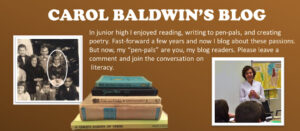
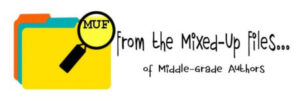


 Too Much Glue
Too Much Glue
 Ada Twist, Scientist
Ada Twist, Scientist

